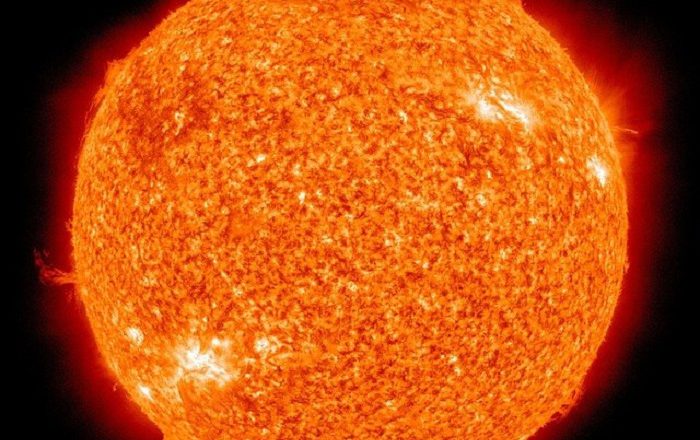What Gives Billionaires Like Musk And Abramovich Such A Massive Carbon Footprint
Tesla’s Elon Musk and Amazon’s Jeff Bezos have been vying for the world’s richest person ranking all year after the former’s wealth soared a staggering US$160 billion in 2020, putting him briefly in the top spot.
Musk isn’t alone in seeing a significant increase in wealth during a year of pandemic, recession and death. Altogether, the world’s billionaires saw their wealth surge over $1.9 trillion in 2020, according to Forbes.
Those are astronomical numbers, and it’s hard to get one’s head around them without some context. As anthropologists who study energy and consumer culture, we wanted to examine how all that wealth translated into consumption and the resulting carbon footprint.
Walking in a billionaire’s shoes
We found that billionaires have carbon footprints that can be thousands of...




